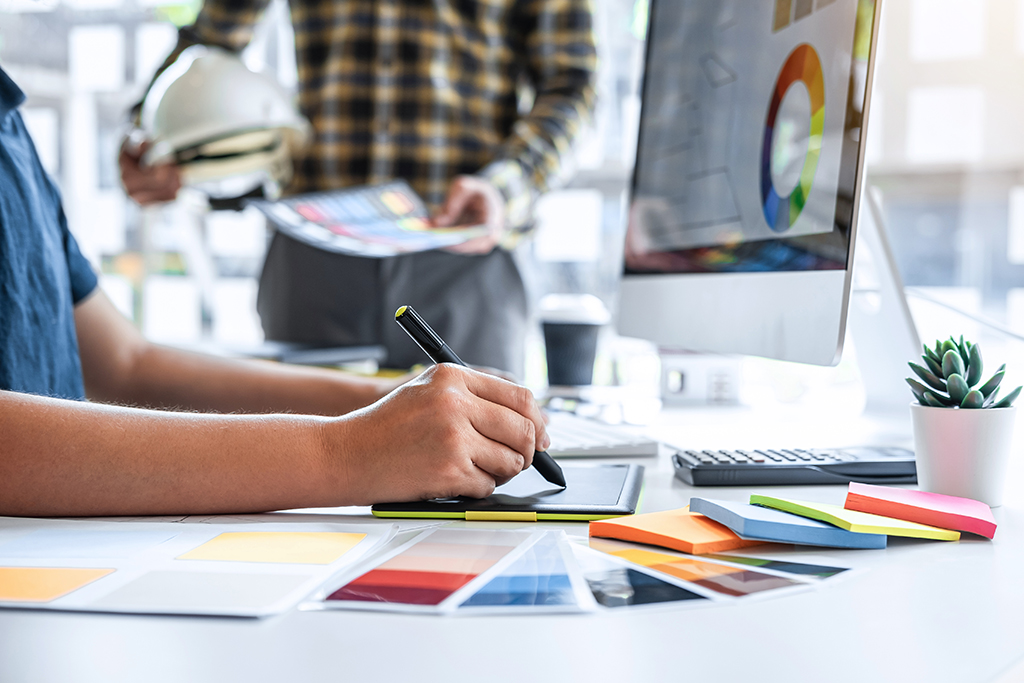
Are you currently working with a graphic designer and you have no idea what he or she is talking about? These are some of the design lingo that are commonly used in design and client always ask “what is that” when I use them.
- illustrator/photoshop/indesign
These are design software that we use. You should know that a good designer will not use Power point or (gasp) paint to work on the designs. So these are the professional software that we use on a daily basis.Illustrator – I usually use them for illustrations or some graphic work that require alot of drawing. Like for example, logo design, infographics that sort of stuff.Photoshop – this is mainly for photos. So if like you have a photo which you want to make your teeth look straighter, skin smoother, add 4 arms and 10 legs, yup this is the software we will use to do that
Indesign – These are for layout out projects. Think book design, magazine layout, annual reports that sort of stuff. This helps with auto paginations, have a standard margin and guide so that it keeps your layout neat and tidy.
- Bleed
Sending your artwork to print? Forget the medical drama, we’re talking about bleed – a little extra edge to make the cut. It’s like giving your artwork a stylish border, preventing printer meltdowns. - leading kerning
leading is the space between each letter. so If we say we widen the leading… your test W I L L L O O K L I K E T H I S
As for kerning, its the space between each line of text. so if we say we need more kerning… this line of textwill be further away from the line of text at the bottom and so on and so forth - Pantone Code and Hex Code
Ever confused Pantone with Hex codes? Don’t fret. Pantones are for printing perfection, ensuring that shade of pink stays pink, no matter the printer. Hex codes? That’s for the digital runway – hand them to your website designer for vibrant online hues. - Colour difference between screen and print
This is not exactly a word, but everytime when i say this to some of my clients, they get supper confused and some times angry as to why it is the case.
So basically, the colour on screen and colour on print will ALWAYS look different.So if you look at Pantone 204C. on print it will look slightly duller. Because when we are printing it we uses CMYK. That is cyan magenta yellow and black. and it is ink and that’s how ink works.When it’s on screen, we uses RGB, that is red green blue. As in mixing these 3 different colours to get the colour that we want. And because it’s light, so it will be lighter.
Annnnnnnndddddd…. There are some colour that you can use on screen that you will never be able to achieve on print. like those neon colour that you see in your highlighter. IE: Neon Blue, Neon Green, Neon Pink.
- Pixels
So when you are working with file formats like PNG and JPG, they are made up of pixels. basically many little dots coming together to form a picture. So the more dots that you have per inch, the higher the resolution. And the more dots there are, the bigger the file.So as a general rule of thumb, for print you will want to use 300 DPI
For print, you want it to load fast, and not slow down your website, use 72DPI - Vector
Vectors, the unsung heroes drawn with Illustrator. They don’t pixelate when you blow them up – it’s like a never-ending magic trick. While high-res JPGs are cool, vectors are the true rockstars, especially for giant signboards.
These are just a handful of design lingo. So, fear not! Your designer isn’t an alien; they’re just fluent in the language of creativity. Do you need help with graphic designs? Come contact me today and see how we can work together!
